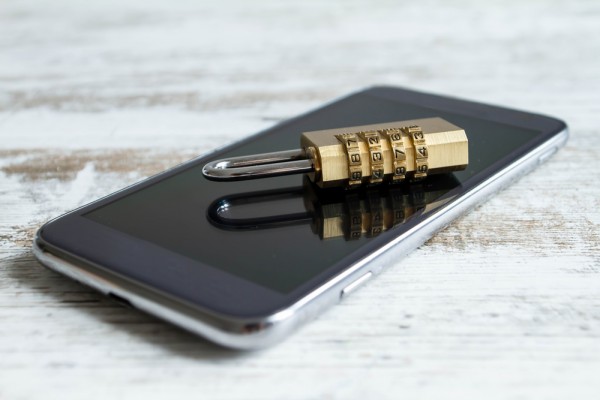Today, we announced our intention to acquire Location Labs, which is best known for its “mobile security for humansâ€.
AVG has been talking for some time about the need for a more holistic approach to security; one that protects not only devices, but also data and, ultimately, the people using those devices and data. Products that encompass all these elements must be easy to understand and easy to use.
AVG’s security for Android smartphones is one the top security apps on the Google Play store. Location Labs products, sold by major mobile operators and running on both the Android and iOS platforms, provide exceptional security and safety for people – you and those you care for.
Additionally, Location Labs’ mobile products and services draw on the value of the mobile operator network to provide features and functionality that are not possible otherwise. Having multiple distribution channels delivers good choices for customers. They may want to download our apps directly from App stores, or they may prefer to choose a service that has been validated and integrated with their network provider, including their billing and customer support services. Currently, AVG’s mobile offerings use the first method; Location Labs’, the second.
At AVG and Location Labs, we understand that for our customers, safety and security for connected devices is first and foremost about ensuring that their families, or those they care deeply about, are protected. This is where the combination of AVG Zen and the Location Labs’ products will really shine. With AVG Zen, customers can connect to, and manage the device and data security of their own, and others’, phones, laptops, and PCs.
With Location Labs offerings, they can also manage the content, applications, and permissions available on each of those devices, and see the location and status of the users. As massive numbers of mobile devices are adopted worldwide, and as we all connect more and more items to our own personal networks, this promises to be an important and growing market.
We are particularly pleased that the leadership and the team at Location Labs will be joining AVG. They have built a compelling business within the mobile industry – not an easy thing to do – and helped grow the company to over 1.3 million paying subscribers. We are looking forward to working with them to grow the business further to improve safety and security for all mobile users.
Today’s announcement is the first step in a longer journey and we believe it marks the start of a new approach to mobile security for consumers. We understand that to really enjoy the rich experience of today’s connected world, we all need to feel comfortable and safe, and to have confidence and trust in the smart devices that enable us to monitor and secure the people we care about. As we move forward, we’ll be working hard to make this vision a reality for our customers.
![]()
![]()
